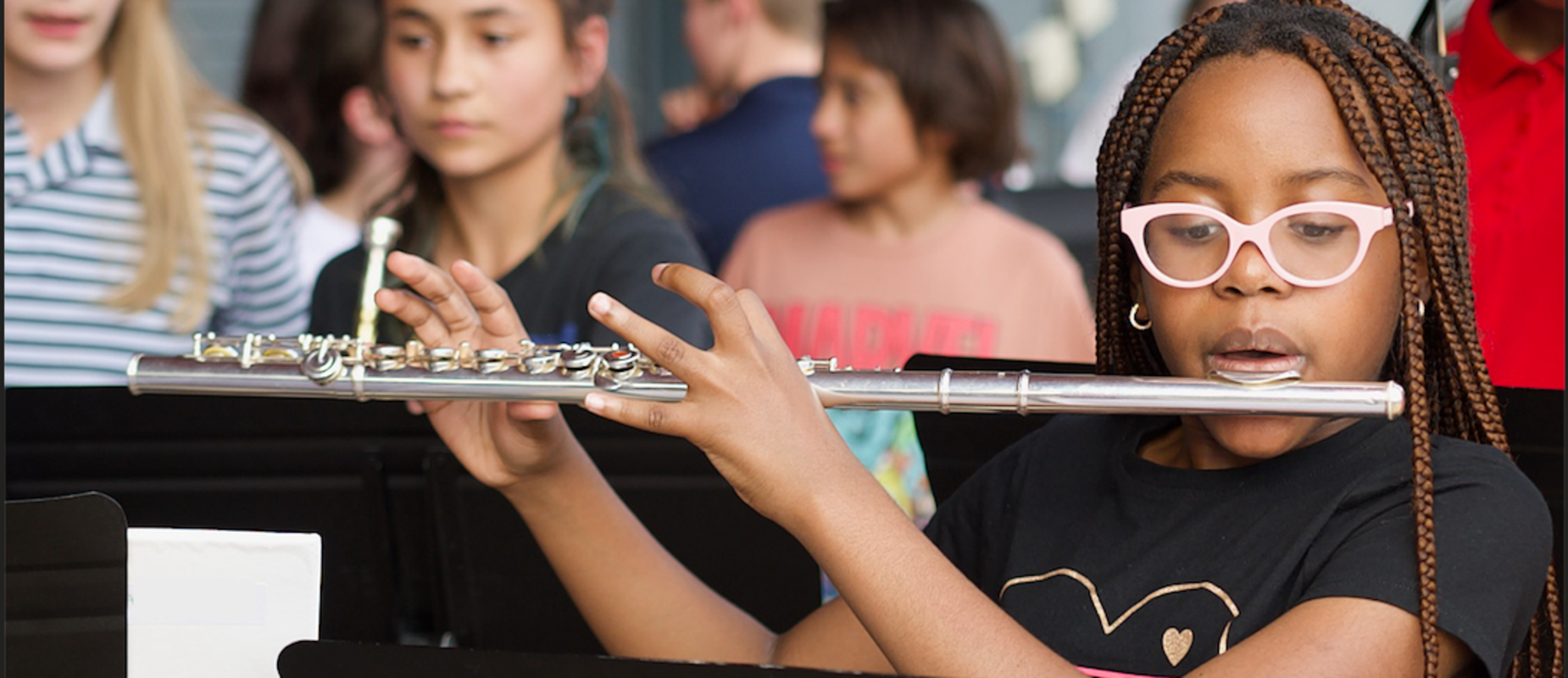As you may have heard, the State Legislature passed and the Governor recently signed Senate Bill 15, offering very limited distance learning opportunities within school districts. Due to several constraints within the bill itself, as well as limiting factors for small campuses like ours, Meridian will continue to offer only on campus learning options.
We would like to share a more in-depth overview of why it isn't feasible for Meridian to create a virtual learning campus.
Each January, we ask teachers if they intend to return to Meridian for the following year, in order to plan for summer hiring needs. This past January, many staff answered that they would not return if they had to teach both in-person and distance learning. It was too difficult and stressful to handle both well. (Further guidance from the TEA and the legislature has reflected this, requiring separate staff to be hired to teach remote instruction.) Based on these responses from staff members, and upon the widespread vaccination of adults this spring, we made the decision to provide only on-campus learning, and communicated this with families in May.
Local school districts worked hard to build separate virtual academies outside of their physical campuses and expected the State to support them with Average Daily Attendance (ADA) funding. The legislature failed to provide funding in the regular session. Districts who had already planned virtual academies looked for funding from their reserves or from federal grants (known as ESSER) that came as a result of COVID.
As cases started to rise in mid-July, parents began to ask that we reconsider the decision announced in May to offer only on-campus learning.
As we considered it then and have since reconsidered with the advent of SB 15, there are two main roadblocks for us to offer distance learning:
1) Staff: If we limited the program to students who are not yet eligible to receive the vaccine - K-5 would require six new grade level teachers to be brought on board. 6th grade would require a minimum of two teachers and likely more to allow for music, design, foreign language, and PE/health.
2) Space: If we did pursue remote learning, those classes would be taught by newly hired teachers. They would need to be on campus to learn from their principals and colleagues. We do not have space for 10 additional teachers to conduct distance-learning classes. This year two administrative staff members work remotely full-time so as to allow others to work on campus. Additionally, we are currently determining locations for new tutors and interventionists to work with students or when completing their reporting tasks.
Finally, while this was not a consideration for us last spring, and is not necessarily now, SB15 only allows schools to serve a very small portion of their students in distance learning up to a total of 10%, and those 10% must meet certain criteria in terms of on-campus/distance-learning last year, STAAR results, etc.
While we know that the current situation is not ideal, and at times, concerning, we also know that our students learn better in community with their peers and teachers. During a recent principal’s coffee, a parent offered that while he and his wife initially had serious concerns about sending their young student to campus, they both are so pleased at the difference they can see in their children - how happy they are to be with others and how much more excited they are about their work.





